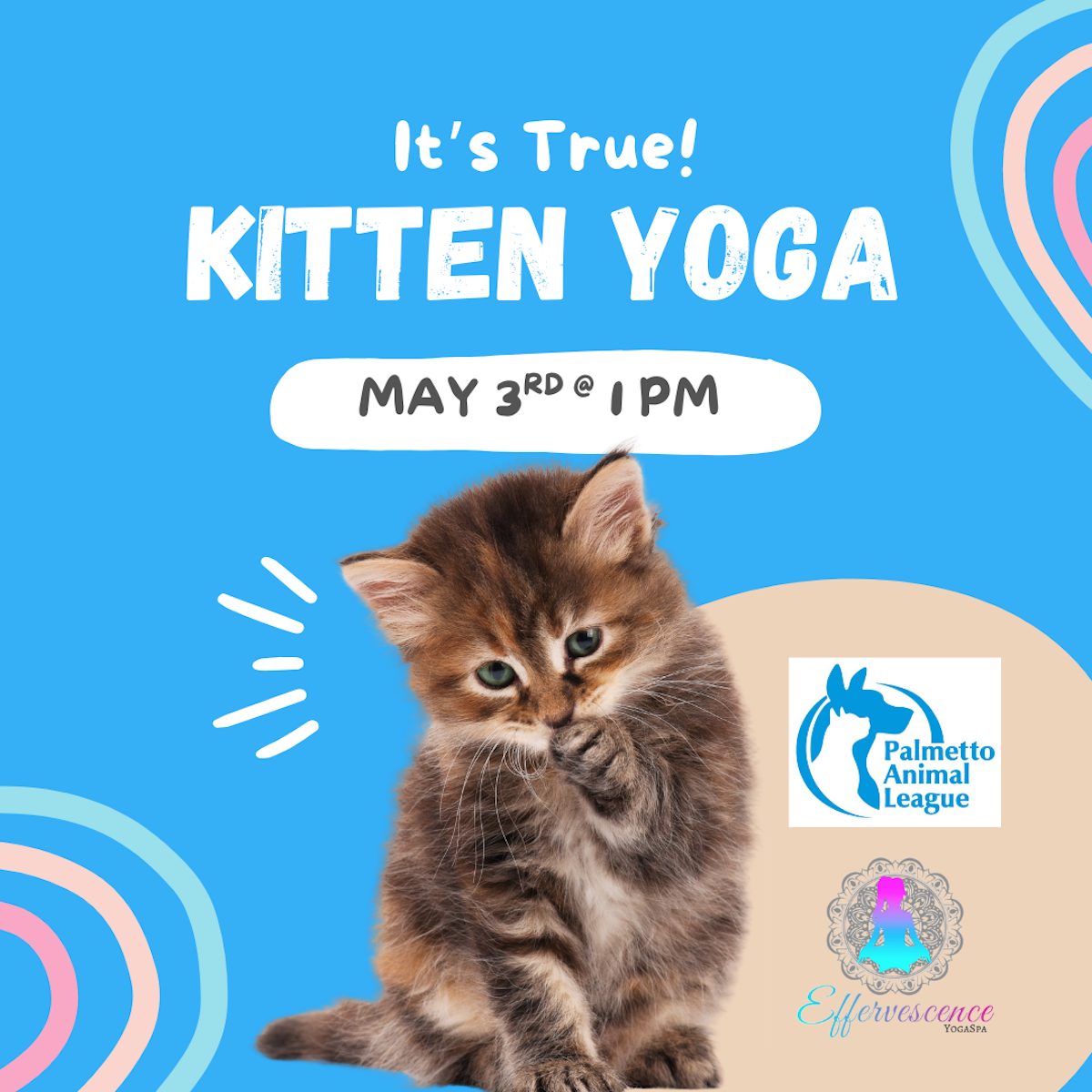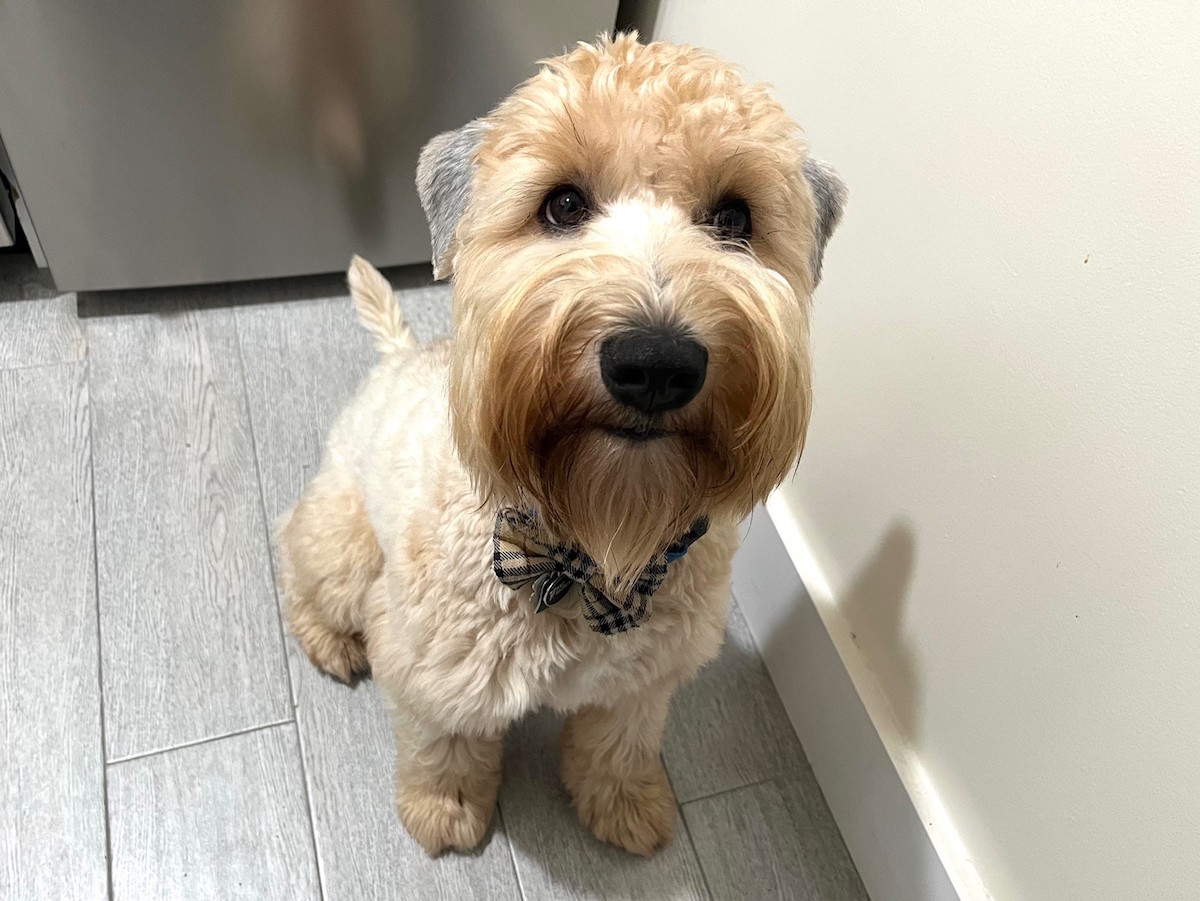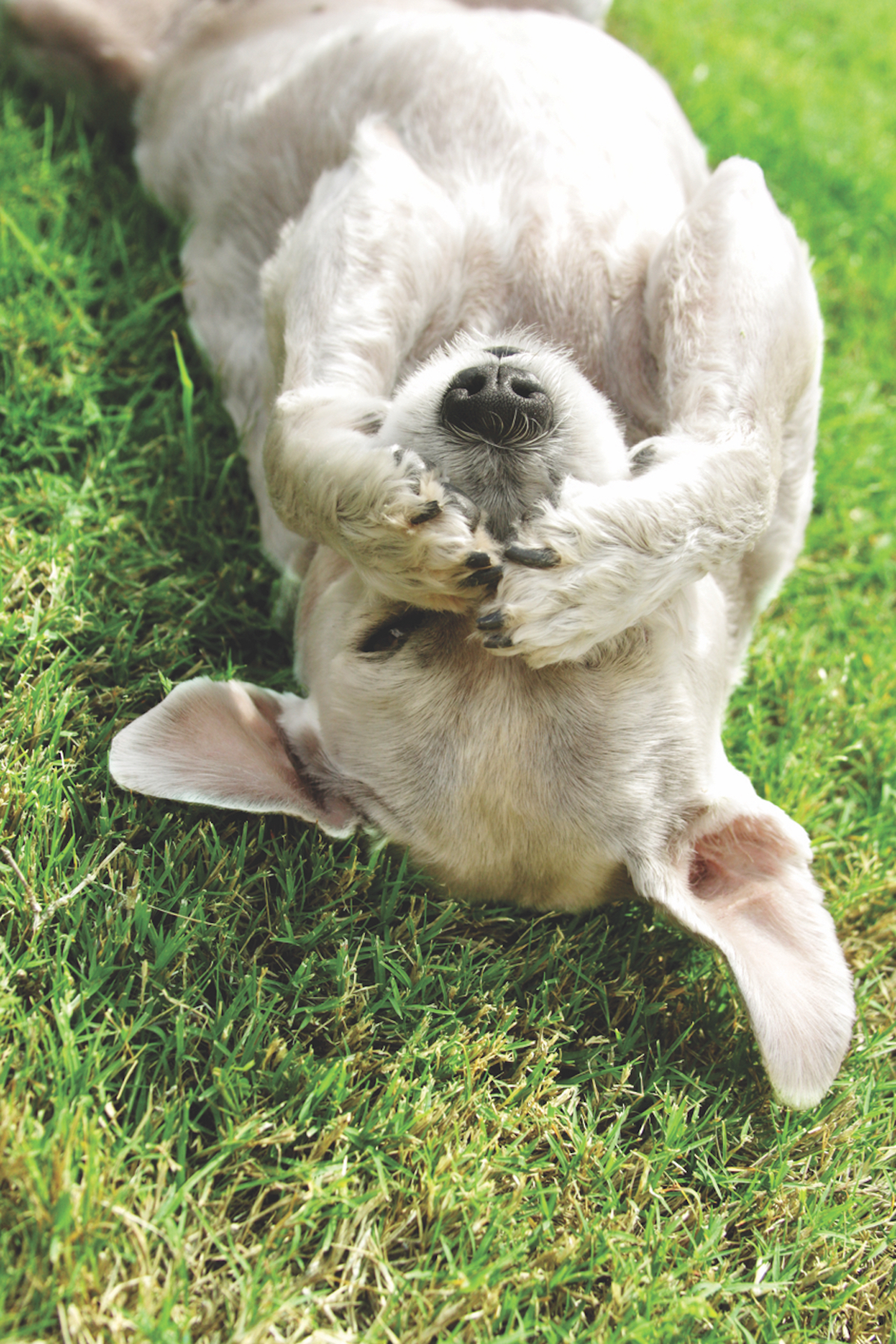By Tracie Korol
Nothing is too good for Bubbles and Squeak. While Americans are clawing their way out of economic collapse, it didn’t stop them from spending $14.11 billion on veterinary care alone in 2011 according to American Pet Products Association, Inc. (APPA). That doesn’t include the over-the-counter drugs and other supplies: E-collars, dental gear and various geriatric assists, for instance, which added $11.4 billion in costs.
The annual compound growth rate for core veterinary services alone has been about 10% over the past decade, and the menu of services is becoming more elaborate by the month. Great leaps in veterinary medicine are making expensive treatment options a reality. A dog with a potentially fatal cardiac problem can get a $3,000 pacemaker. Cats suffering renal failure can have an $8,000 kidney transplant. Veterinary drugs treat everything from separation anxiety and arthritis pain to epilepsy and cancer for $0.66 cents to $16 a day — often for the life of the pet. “There has been an evolution of the entire profession,” says Tom Carpenter, president of the American Animal Hospital Association. “An animal that wouldn’t even have been taken to a vet now goes for regular visits.”
A vet’s job has become more wide-ranging and thus more lucrative. Not only is state-of-the-art technology such as magnetic resonance imaging (MRI), with costs that range around $1,500 a scan, now available in even small-town labs, but consumers’ expectations of medical care have been transformed. They want the same best in class care for their pets that they want for themselves.
That’s creating a market for new products like Pfizer Inc.’s dog-obesity drug Slentrol, which will cost $1-$2 a day (in lieu of simply feeding your dog less and getting him off the couch). Reconcile, a new drug from ElancoLilly for canine separation anxiety, is the renamed active ingredient in Prozac. Overall, sales of pet medicines have grown from $28.5 billion in 2001 to $50.84 billion today.
Much of the attention is going to the growing problem of pet obesity. As many as 40% of dogs are estimated to be overweight or obese, with similarly high rates among cats, thanks to the indulgent habits of their owners. Being plied with processed goodies all day while getting rolled around in an all-terrain stroller (retail price: about $210) is not an ideal lifestyle for any animal. People who overeat or don’t get enough exercise themselves tend to draw their pets into the same behavior. The growing inclination to regale pets with treats has come at a cost to their waistline. Look around this holiday shopping season and notice the increased number of red and green dyed, edible, doggie stocking stuffers on end caps in most major retail stores.
Along with creating interest in new anti-obesity drugs, it has also created a market for procedures including pet liposuction. For some pet lovers, no medical procedure is too extreme. Plastic surgeons offer rhinoplasty, eyelifts, and other cosmetic procedures to tone down certain doggy features, from droopy eyes to puggish noses. Root canals, braces, and even crowns for chipped teeth are also becoming more popular. A veterinary dental clinic is thriving in Hilton Head.
Some might question whether all this primping and pampering of pets has the makings of an economic bubble that, down the road, could have our owner telling Squeak to get his own stinkin’ bone. Affordable care is about talking dollars. Get an estimate of all costs — surgery, rehabilitation, and lifelong medicines. Ask questions. Get a second opinion. Ask your vet about the prognosis for survival and the pet’s expected quality of life after the treatment. The overriding decision should be based not on what medical treatments are available, but on how much better the pet will be during and after treatment and, how much you can realistically afford.






